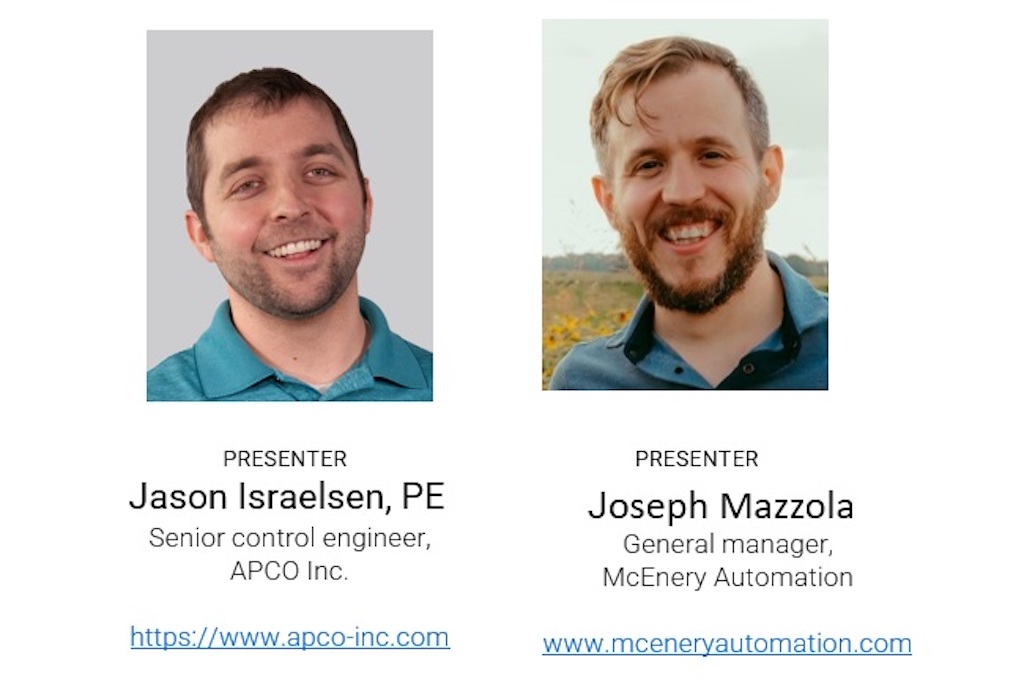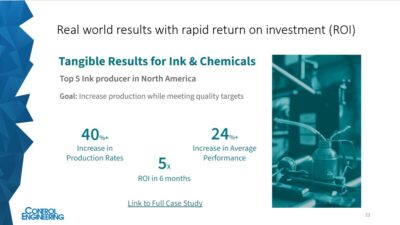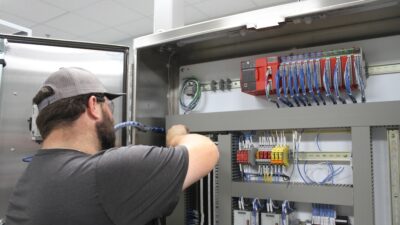Experts provide more answers about if SCADA systems should have incremental upgrades or full replacements, part of a series of SCADA webcasts. The July 16 webcast is archived for a year.

Control system integrator experts provide more answers about how supervisory control and data acquisition (SCADA) upgrades should be applied, after the Control Engineering July 16 webcast, “SCADA: Incremental upgrades or replacements? Ask these questions for best results” [https://www.controleng.com/webcasts/scada-incremental-upgrades-or-replacements-ask-these-questions-for-best-results/] that will be archived for a year. Audience listening live had the opportunity to earn a one professional development hour and submit questions to presenters.
Some answers below, from questions not answered during the webcast, include information on terminology, system integrator involvement in SCADA upgrades, SCADA integration with other systems and SCADA patch testing.
Webcast instructors for the SCADA upgrades webcast, objectives
The experts in the webcast and providing the extra answers were:
-
Jason Israelsen, PE, is senior control engineer, APCO
-
Joseph Mazzola, is general manager, McEnery Automation.

The learning objectives for the webcast were:
- Understand benefits of incremental SCADA upgrades over time versus waiting many years before new software features are implemented.
- Explore SCADA upgrades in regulated environments, what changes be made without recertification and when advances merit recertification.
- Look at example implementations for SCADA upgrades or replacements and the resulting benefits.
Question: How does the term “SCADA” vary by industry, such as power generation, electrical transmission, industrial controls and factory automation?
Israelsen: Across industries and even within the same industry, SCADA can be a very vague term. Some use it to mean the whole control system: instrument, programmable logic controller (PLC), operational information technology (OIT), human-machine interface (HMI) and historian. Some use it to mean just the HMI software. Others use it to refer to the high-level package that interfaces with other packages. Clarify the terminology for your system to ensure people are using the same definitions, and remember that SCADA stands for supervisory control and data acquisition.
Question: What SCADA features useful for the control of a natural gas pipeline?
Mazzola: I would say major features would have to include remote monitoring and alarming via text and SMS. System should have ability to detect.
Question: What is the best option, to upgrade or replace a distributed control system and how would SCADA modernization fit in?
Mazzola: There are many things to consider, covered in the webcast. Age of equipment, cost of replacement, availability and lifecycle. When doing the upgrade/replacement, IT modernization also can be considered, such as going to high performance HMI standards.
Question: When should a system integrator be brought into a project?
Israelsen: Involving the system integrator at the project inception, including upgrade projects, is best. A system integrator can provide expertise on items such as feasibility, downtime, conversion paths, necessary resources, pilot tests and interoperability factors.
Question: When and why would a 1-to-1 upgrade be considered?
Israelsen: A 1-to-1 upgrade would generally be focused on ensuring compatibility, minimizing downtime and maintaining existing interfaces. The purpose of these upgrades may be driven by end-of-life hardware and/or software, compliance with regulatory requirements and standardization. An upgrade that takes advantage of new features would generally be focused on items such as performance, efficiency, user experience, improved workflows and protocols. The purpose of these upgrades may be driven by updating technologies, improving cybersecurity and resolving bugs.
Question: Explain further the “Health of system in the age of hardware.”
Mazzola: The health of the system should consider the age of the equipment (is it time to put it out to pasture), how often intervention is required (such as, if hardware and software require frequent “rebooting.”
Question: How do SCADA upgrades play into MES interoperability?
Israelsen: Viewing systems solely through a modular lens can be an easy trap to fall into, for example, upgrades for HMI, PLC, MES or IT. However, due to the interoperability of these systems, one upgrade can necessitate upgrades to other systems. As the process is supervised and controlled mostly by the SCADA system, it is often the most critical factor to account for during upgrades.
Question: Do more manufacturers do hot cutovers or planned outages?
Israelsen: Hot cutovers are generally preferred by operations because the process doesn’t need to be taken down. However, factors such as safety, compliance and feasibility need to be considered, and these quite commonly require planned outages.
Question: Is there a preferred network architecture for SCADA applications?
Mazzola: In general ring architecture is the way to go to prevent a single point of failure, but you have to balance that with cost and feasibility. Sometimes when the network spans a larger area, it’s hard to justify the routing of fiber around to make a ring.
Question: How do you assess if you want to implement patch if the SCADA software manufacturer doesn’t say what the patch fixes?
Israelsen: That is a difficult scenario. Applying the patch would then generally fall back to whatever schedule you have in place. Also, consider testing the patch in a demo environment.
Edited by Mark T. Hoske, editor-in-chief, Control Engineering, WTWH Media, [email protected], also the moderator for this webcast.
CONSIDER THIS
Is your SCADA system overripe? Should you update or replace the SCADA system?
ONLINE



